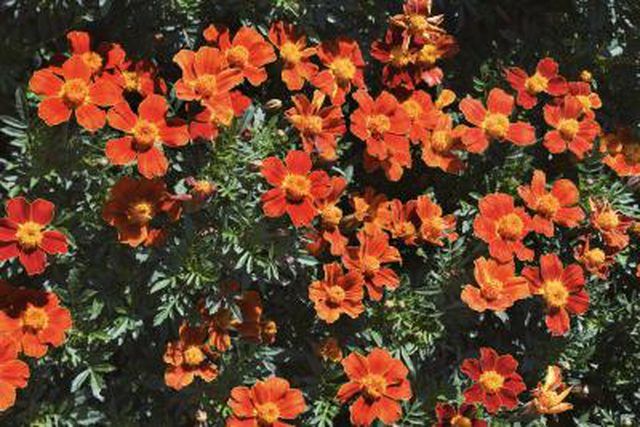Bulbs
Flower Basics
Flower Beds & Specialty Gardens
Flower Garden
Garden Furniture
Garden Gnomes
Garden Seeds
Garden Sheds
Garden Statues
Garden Tools & Supplies
Gardening Basics
Green & Organic
Groundcovers & Vines
Growing Annuals
Growing Basil
Growing Beans
Growing Berries
Growing Blueberries
Growing Cactus
Growing Corn
Growing Cotton
Growing Edibles
Growing Flowers
Growing Garlic
Growing Grapes
Growing Grass
Growing Herbs
Growing Jasmine
Growing Mint
Growing Mushrooms
Orchids
Growing Peanuts
Growing Perennials
Growing Plants
Growing Rosemary
Growing Roses
Growing Strawberries
Growing Sunflowers
Growing Thyme
Growing Tomatoes
Growing Tulips
Growing Vegetables
Herb Basics
Herb Garden
Indoor Growing
Landscaping Basics
Landscaping Patios
Landscaping Plants
Landscaping Shrubs
Landscaping Trees
Landscaping Walks & Pathways
Lawn Basics
Lawn Maintenance
Lawn Mowers
Lawn Ornaments
Lawn Planting
Lawn Tools
Outdoor Growing
Overall Landscape Planning
Pests, Weeds & Problems
Plant Basics
Rock Garden
Rose Garden
Shrubs
Soil
Specialty Gardens
Trees
Vegetable Garden
Yard Maintenance
How to Steam Distill Essential Oils
How to Steam Distill Essential Oils. Plants, leaves and flowers can yield natural oils used for medicinal and non-medicinal purposes. Steam distillation is one of the ways you can extract essential oils from plants, leaves and flowers. During steam distillation, the plant matter is placed in the chamber of a still, and steam passes through the...

Plants, leaves and flowers can yield natural oils used for medicinal and non-medicinal purposes. Steam distillation is one of the ways you can extract essential oils from plants, leaves and flowers. During steam distillation, the plant matter is placed in the chamber of a still, and steam passes through the plant matter. When the steam passes through the plant matter it picks up the oils and moves into another chamber where it is cooled and condensed. Then, essential oil is separated from the water and bottled for use.
Things You'll Need
Distiller
Water
Plant or dried botanical
Place fresh plant matter or dried botanical in the top chamber of your distiller. Loosely pack the chamber. If the plant matter is cut or small in size, you may want to place a small piece of screen over the opening to the condenser, so the plant matter doesn't get sucked up and cause a clog.
Fill the lower chamber just below halfway with water. You can use tap water or bottled water. The water should be cool for best results.
Turn on the hot plate of your distillation unit. As the water heats, you will see that steam begins to rise up from the lower chamber. It should take about a half an hour for you to see steam pass through the upper chamber into the condenser.
Wait between two and four hours before finishing the process. Most of the oil will come off your plant matter within the first hour of the distillation process.
Turn the distillation unit off. Wait for the entire unit to cool down. At this point the essential oil will have risen to the top of the water in the cooling tank.
Skim the oil off the top and put it in a bottle for storing. Some distillation units have valve at the bottom of the cooling chamber. Slowly open this valve and release just the water. Close the valve leaving the oil in the cooling chamber. Get your collection bottle and open the valve to drain the oil into the collection bottle.